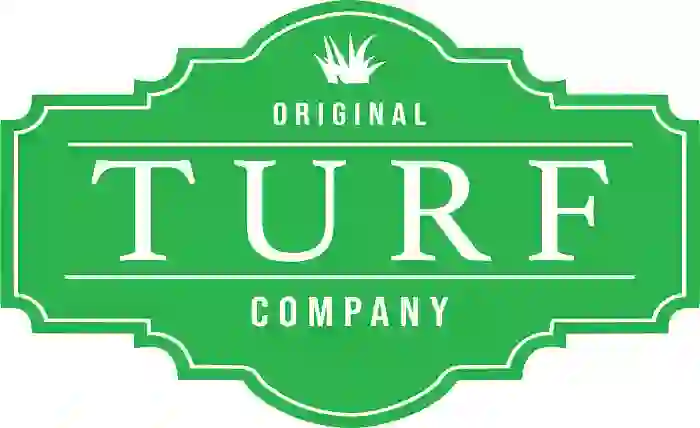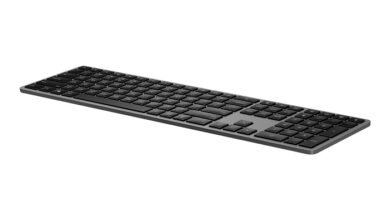Turf Original: A Guide to the Best Turf Grass for Your Lawn

If you are looking for a way to improve the appearance and health of your lawn, you might want to consider turf grass. Turf grass is a term that refers to various species of grass that are specially designed to be mowed regularly and withstand frequent foot traffic. Turf grass can provide many benefits for your lawn, such as:
- Enhancing the curb appeal and value of your property
- Reducing soil erosion and runoff
- Improving air quality and reducing noise pollution
- Providing a soft and comfortable surface for outdoor activities
- Creating a natural habitat for beneficial insects and wildlife
However, not all turf grasses are created equal. There are different types of turf grasses that have different characteristics and requirements. Choosing the right turf grass for your lawn depends on several factors, such as:
- Your climate and soil conditions
- The amount of sunlight and shade your lawn receives
- The level of maintenance and irrigation you can provide
- The purpose and use of your lawn
- Your personal preference and budget
In this guide, we will introduce you to some of the most popular and reliable turf grasses that you can use for your lawn. We will also provide some tips on how to care for your turf grass and keep it healthy and beautiful.
Cool-Season Turf Grasses
Cool-season turf grasses are best suited for regions that have cold winters and mild summers. They grow actively in the spring and fall, but go dormant in the summer when temperatures rise above 80°F. They also require more water and fertilizer than warm-season turf grasses. Some of the most common cool-season turf grasses are:
Kentucky Bluegrass
Kentucky bluegrass is one of the most widely used turf grasses in North America. It has a dark green color and a fine texture. It forms a dense and uniform lawn that can tolerate moderate shade, drought, and wear. However, it is also susceptible to diseases, insects, and weeds. It requires regular mowing, watering, fertilizing, and overseeding to maintain its quality.
Perennial Ryegrass
Perennial ryegrass is a fast-growing and hardy turf grass that can adapt to various soil types. It has a bright green color and a coarse texture. It forms a thick and resilient lawn that can withstand heavy traffic, heat, and drought. However, it is also prone to diseases, especially in humid conditions. It requires frequent mowing, watering, fertilizing, and overseeding to prevent thinning.
Fine Fescue
Fine fescue is a group of turf grasses that have very fine blades and a soft texture. They include creeping red fescue, chewings fescue, hard fescue, and sheep fescue. They have a medium green color and form a low-growing and dense lawn that can thrive in shady, dry, and acidic soils. However, they are also sensitive to heat, drought, and traffic. They require minimal mowing, watering, fertilizing, and overseeding.
Read more about Expert Turf: How to Choose and Hire a Professional Turf Contractor
Warm-Season Turf Grasses
Warm-season turf grasses are best suited for regions that have hot summers and mild winters. They grow actively in the summer when temperatures are above 80°F, but go dormant in the winter when temperatures drop below 50°F. They also require less water and fertilizer than cool-season turf grasses. Some of the most common warm-season turf grasses are:
Bermuda Grass
Bermuda grass is one of the most popular turf grasses in the southern United States. It has a dark green color and a fine texture. It forms a dense and durable lawn that can tolerate full sun, heat, drought, salt, and wear. However, it is also invasive, aggressive, and difficult to control. It requires frequent mowing, watering, fertilizing, dethatching, and edging to keep it in shape.
Zoysia Grass
Zoysia grass is a slow-growing and low-maintenance turf grass that can adapt to various soil types. It has a light green color and a medium texture. It forms a thick and carpet-like lawn that can resist shade, drought, cold, salt, and wear. However, it is also susceptible to diseases, insects, weeds, and thatch buildup. It requires occasional mowing, watering, fertilizing, dethatching, and aerating to improve its appearance.
St. Augustine Grass
St. Augustine grass is a coarse-textured and fast-spreading turf grass that can thrive in warm and humid climates. It has a dark green color and forms a lush and thick lawn that can tolerate shade, salt, and moderate traffic. However, it is also vulnerable to diseases, insects, weeds, and cold. It requires regular mowing, watering, fertilizing, and pest control to prevent problems.
How to Care for Your Turf Grass
Regardless of the type of turf grass you choose for your lawn, there are some general steps you can take to ensure its health and beauty. Here are some tips on how to care for your turf grass:
- Mow your lawn at the right height and frequency for your turf grass type. Avoid cutting more than one-third of the grass blade at a time. Keep your mower blades sharp and clean. Leave the grass clippings on the lawn to provide natural fertilizer.
- Water your lawn deeply and infrequently, preferably in the early morning or evening. Avoid overwatering or underwatering your lawn. Use a rain gauge or a soil moisture meter to monitor the amount of water your lawn receives. Adjust your irrigation schedule according to the season and weather conditions.
- Fertilize your lawn with the right type and amount of fertilizer for your turf grass type. Follow the instructions on the fertilizer label and apply it evenly and carefully. Avoid overfertilizing or underfertilizing your lawn. Use organic or slow-release fertilizers to reduce the risk of nutrient runoff and pollution.
- Aerate your lawn once or twice a year, preferably in the spring or fall. Aeration is the process of creating small holes in the soil to improve air, water, and nutrient penetration. Use a core aerator or a spike aerator to loosen the soil and reduce compaction and thatch.
- Dethatch your lawn when necessary, usually once a year or every few years. Thatch is the layer of dead and living plant material that accumulates between the soil and the grass blades. A thin layer of thatch can be beneficial, but a thick layer can prevent water, air, and nutrients from reaching the roots. Use a dethatching rake or a power rake to remove excess thatch from your lawn.
- Overseed your lawn when needed, usually in the fall or early spring. Overseeding is the process of adding new grass seeds to an existing lawn to fill in bare spots, improve density, and enhance color. Use a broadcast spreader or a drop spreader to distribute the seeds evenly over your lawn. Water and fertilize the seeds regularly until they germinate and establish.
Conclusion
Turf grass is a great way to improve the look and function of your lawn. However, not all turf grasses are suitable for every lawn. You need to consider various factors, such as climate, soil, sun, shade, maintenance, use, and budget, when choosing the best turf grass for your lawn. You also need to follow some basic steps, such as mowing, watering, fertilizing, aerating, dethatching, and overseeding, to care for your turf grass and keep it healthy and beautiful.



